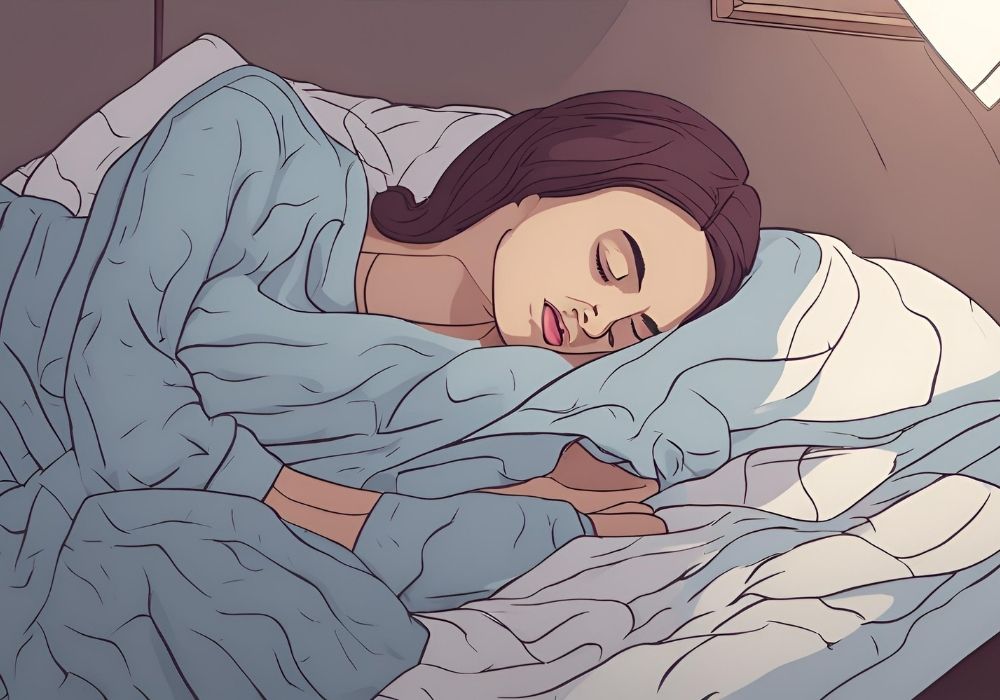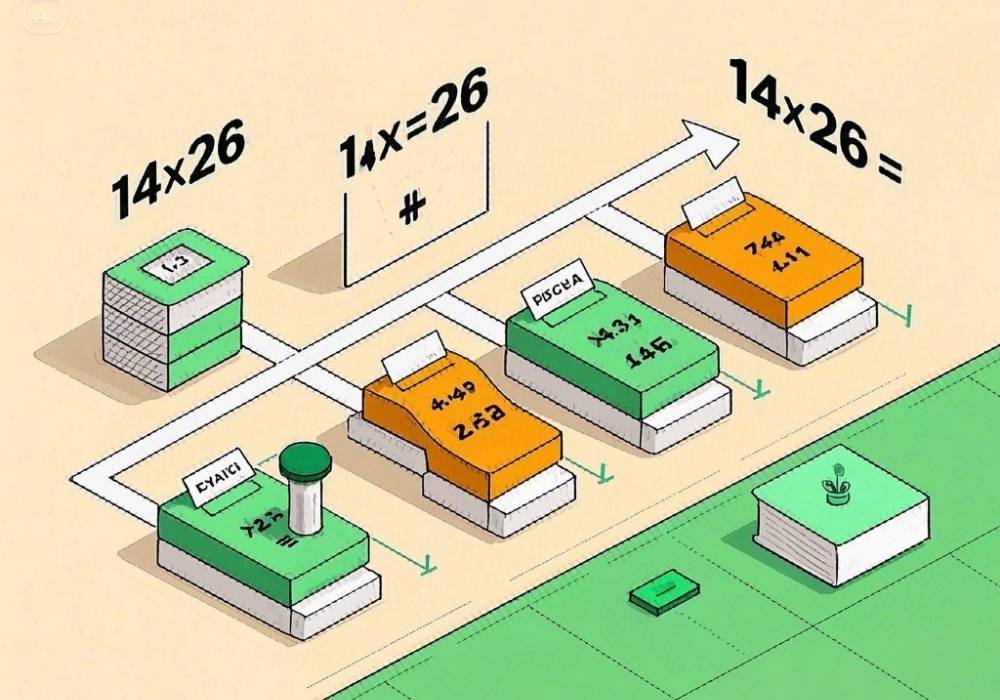Struggling to fall asleep? You’re not alone. From busy professionals juggling responsibilities to health enthusiasts dedicated to optimizing well-being, many of us stare at the ceiling, counting sheep well past bedtime. Fortunately, scientifically-backed methods and mindful habits can help you drift off in five minutes.
This guide has proven tips and techniques to help you fall asleep faster. Whether stress keeps your mind racing or your nighttime routine needs an overhaul, you’ll find actionable advice here to transform your sleep game.
Why Can’t You Fall Asleep?

Before we explore how to speed up your time to sleep, it’s helpful to understand why you might be struggling in the first place. Common culprits include:
Stress and Anxiety: Racing thoughts about work, relationships, or life can keep your brain active when it should be winding down.
Poor Sleep Hygiene: Irregular sleep schedules, excessive screen time, or consuming caffeine too late can wreck your circadian rhythm.
Underlying Health Issues: Insomnia, restless leg syndrome, or sleep apnea can prevent quality sleep.
Overthinking Sleep Itself: If you’re hyper-focused on trying to sleep, it could make falling asleep harder.
No matter the cause, there are techniques to help you switch off and rest effectively.
How to Fall Asleep Fast in 5 Minutes

Finding the fastest route to sleep requires calming both your mind and body. Below are six highly effective methods you can try tonight.
1. Master the 4-7-8 Breathing Technique
The 4-7-8 breathing exercise is a simple method to help relax your nervous system and signal your body that it’s time to sleep. Dr. Andrew Weil developed this practice, often called “relaxation breathing.” Here’s how it works:
- Place your tongue on the roof of your mouth, just behind your teeth, and keep it there throughout.
- Breathe in slowly through your nose for 4 seconds.
- Hold your breath for 7 seconds.
- Exhale entirely through your mouth for 8 seconds.
Repeat this cycle 4–8 times. Focused breathing reduces your heart rate and anxiety, preparing your body for rest.
2. Try Progressive Muscle Relaxation (PMR)
Progressive Muscle Relaxation (PMR) involves tensing and relaxing different muscle groups to relieve tension. It’s beneficial for those whose stress manifests physically. Follow these steps:
- Start at your feet and work upward—tense each muscle group for 5 seconds (e.g., toes, calves, thighs).
- Slowly release the tension and focus on how the muscles feel when relaxed.
- Move to your upper body, including the arms, shoulders, and face.
You’ll feel your entire body settle into deep relaxation, making sleep much more manageable.
3. Visualize a Calm and Happy Place

Visualization works by redirecting your mind away from stressful, racing thoughts. Picture a serene location, such as a sunlit beach, a quiet forest, or any place that makes you feel calm and happy. Here’s what to do:
- Use all of your senses in your imagery. Imagine the sound of waves, the warmth of the sun, or even the smell of fresh air.
- Focus entirely on this mental world. If your thoughts wander, gently redirect them.
Visualization calms the mind and encourages your brain to relax into a sleep-ready state.
4. Use the Military Method
Popularized by soldiers needing to rest in any condition or environment, the military method promises sleep in under two minutes. Developed to help minimize fatigue, this routine combines physical and mental relaxation:
- Lie down in a comfortable position.
- Relax your face, including your tongue, jaw, and eye muscles.
- Drop your shoulders and arms, letting them fall limply to your sides.
- Exhale fully and relax your chest, stomach, and legs in sequence.
- Repeat a soothing phrase like, “Don’t think,” or focus on breathing.
This practice works effectively when repeated nightly.
5. Create the Right Sleep Environment
Environment matters more than you think when it comes to falling asleep quickly. Ensure your bedroom is optimized for quality sleep:
Dim Lighting: Switch to soft, warm lighting an hour before bed.
Cool Temperature: Keep your room comfortable, around 60-67°F (15-19°C).
White Noise: Block disruptive sounds with a fan or white noise machine.
Screen-Free Zone: Avoid screens and blue light at least 30 minutes before bedtime.
If your brain associates your bedroom with calmness and relaxation, you’ll naturally fall asleep quicker.
6. Tap Into Aromatherapy
Certain scents, like lavender, chamomile, and sandalwood, are known for their sleep-inducing properties. Use essential oils in a diffuser, spray some on your pillow, or apply diluted oils to your wrists and temples for a calming effect.
Bonus Tips for Falling Asleep Faster
Set a Consistent Schedule: Go to bed and wake up simultaneously every day to regulate your body’s internal clock.
Limit Caffeine: Avoid caffeine after 2 p.m. to prevent interference with your sleep cycle.
Write It Down: If your mind races with to-dos or worries, take 5 minutes to jot them in a journal before bed.
The Benefits of Falling Asleep Faster
The ability to fall asleep quickly doesn’t just add more time to your nightly rest; it brings a host of other benefits, too:
Improved Mental Clarity: A well-rested mind is better equipped to tackle daily challenges.
Enhanced Physical Health: Proper sleep strengthens your body’s immune system and reduces the risk of various health issues.
Better Emotional Well-Being: Falling asleep faster lowers the chances of waking up grumpy or stressed.
More Time for Sleep: Spend less time tossing and turning and more time enjoying the restorative benefits of sleep.
Create Your Wind-Down Ritual
The key to mastering any sleep technique is consistency. Combine these tips to create your bedtime ritual. You could start with a cup of herbal tea, follow it with 4-7-8 breathing, and end with 10 minutes of PMR. Whatever you choose, stick to it nightly for the best results.
Sleep Better, Starting Tonight
Falling asleep in 5 minutes may sound impossible, but with the proper techniques, you’re closer than you think. Start with one or two methods from this list, and give yourself time to adapt. Everyone’s sleep needs differ, so experiment and see what works best.
Remember, quality sleep is foundational to a healthy, happy life. Your body and mind deserve the care needed for restorative rest. Sweet dreams!











